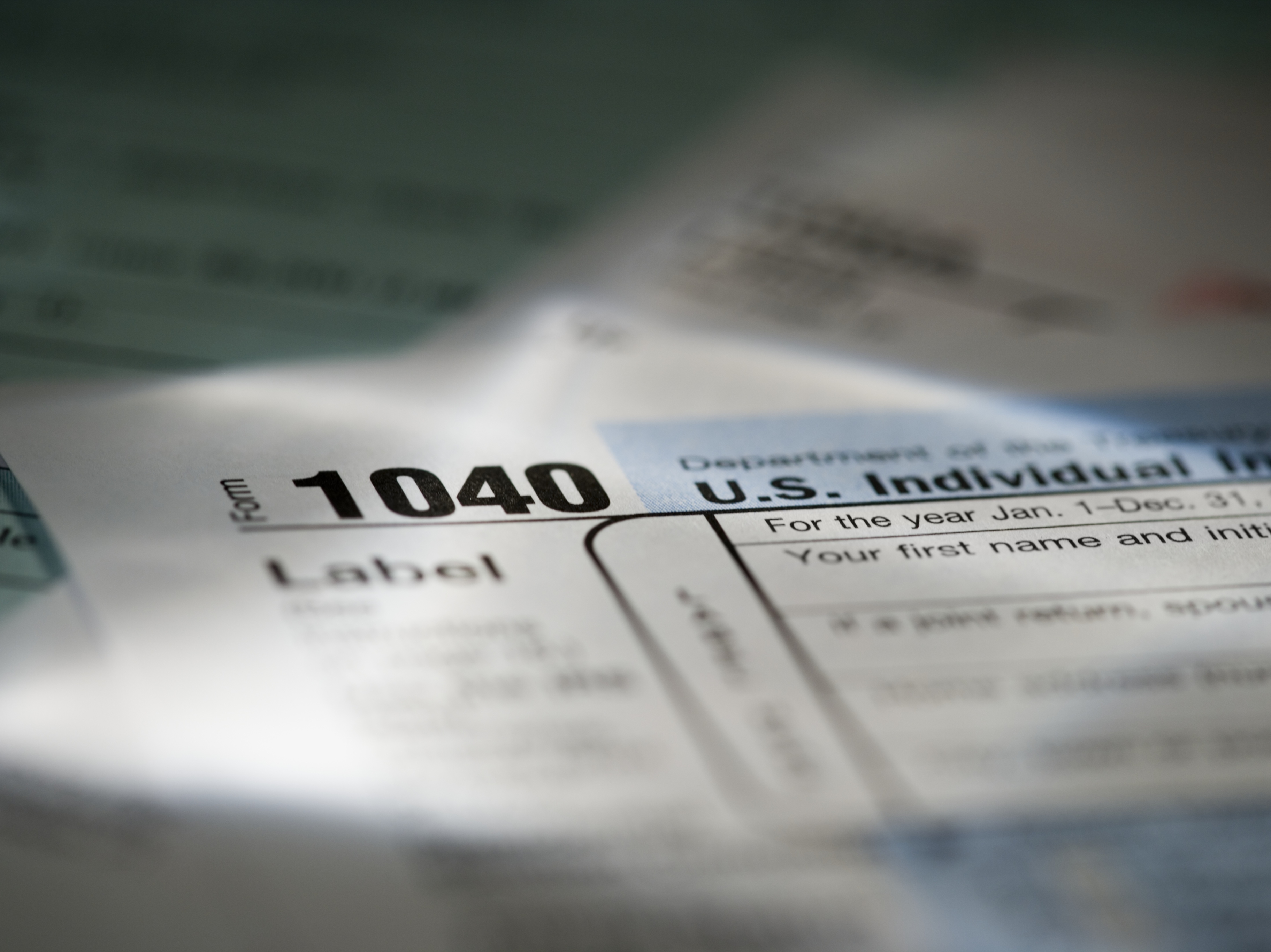AARP Hearing Center

Blog post courtesy of the Internal Revenue Service.
WASHINGTON — The Internal Revenue Service today offered taxpayers still working on their 2017 taxes a number of tips. These basic tips are designed to help people avoid common errors that could delay refunds or cause future tax problems.
As the April 17 deadline approaches, the IRS encourages taxpayers to file electronically. Doing so, whether through e-file or IRS Free File, vastly reduces tax return errors, as the tax software does the calculations, flags common errors and prompts taxpayers for missing information. Free File Fillable Forms means there is a free option for everyone.
Request extra time
Anyone who needs more time to file can get it. The easiest way to do so is through the Free File link on IRS.gov. In a matter of minutes, anyone, regardless of income, can use this free service to electronically request an extension on Form 4868, Application for Automatic Extension of Time to File U.S. Individual Income Tax Return. To get the extension, taxpayers must estimate their tax liability on this form and pay any amount due.
Alternatively, people can complete a paper copy of Form 4868 and mail it to the IRS. The form must be mailed with a postmark on or before April 17. Download, print and file it anytime from IRS.gov/forms.
Taxpayers are reminded, however, that an extension of time to file is not an extension of time to pay. Tax payments are generally due April 17, and taxpayers should pay as much as they can to avoid possible penalties and interest.
Make a payment, get an extension
In addition to using Free File to get a filing extension, taxpayers can pay all or part of their estimated income tax due and indicate that the payment is for an extension when using IRS Direct Pay, the Electronic Federal Tax Payment System ( EFTPS), or paying by a credit or debit card. By selecting “extension” as the reason for the payment, the IRS will also accept the payment as an extension – no need to separately file a Form 4868. Taxpayers will also receive a confirmation number after they submit their payment. When paying with Direct Pay and EFTPS taxpayers can sign up for email notifications.
Any payment made with an extension request will reduce or, if the balance is paid in full, eliminate interest and late-payment penalties that apply to payments made after April 17. The interest rate is currently 5 percent per year, compounded daily, and the late-payment penalty is normally 0.5 percent per month.
Refunds
The safest and fastest way for taxpayers to get their refund is to have it electronically deposited into their bank or other financial account. Taxpayers can use direct deposit to deposit their refund into one, two or even three accounts. See Form 8888, Allocation of Refund, for details.
After filing, use “Where’s My Refund?” on IRS.gov or download the IRS2Go Mobile App to track the status of a refund. It provides the most up-to-date information. It’s updated once per day, usually overnight, so checking more often will not generate new information. Calling the IRS will not yield different results from those available online, nor will ordering a tax transcript.
The IRS issues nine out of 10 refunds in less than 21 days.
Special instructions for paper filers
Math errors and other mistakes are common on paper returns, especially those prepared or filed in haste at the last minute. These tips may help those choosing this option:
- Fill in all requested Taxpayer Identification Numbers, usually Social Security numbers, including all dependents claimed on the tax return. Check only one filing status and the appropriate exemption boxes.
- When using the tax tables, be sure to use the correct row and column for the filing status claimed and taxable income amount shown.
- Sign and date the return. If filing a joint return, both spouses must sign.
- Attach all required forms and schedules.
- Mail the return to the right address. Check Where to Fileon IRS.gov.
Penalties and interest
By law, the IRS may assess penalties to taxpayers for both failing to file a tax return and for failing to pay taxes they owe by the deadline. Taxpayers who are thinking of missing the filing deadline because they can’t pay all of the taxes they owe should consider filing and paying what they can to lessen interest and penalties. Penalties for those who owe tax and fail to file either a tax return or an extension request by April 17 can be higher than if they had filed and not paid the taxes they owed.
The failure-to-file penalty is generally 5 percent per month and can be as much as 25 percent of the unpaid tax, depending on how late the taxpayer files. The failure-to-pay penalty, which is the penalty for any taxes not paid by the deadline, is 0.5 percent of the unpaid taxes per month.
Installment agreements
Qualified taxpayers can choose to pay any taxes owed over time through an installment agreement. An online payment plan can be set up in a matter of minutes. Those who owe $50,000 or less in combined tax, penalties and interest can use the Online Payment Agreement application to set up a short-term payment plan of 120-days or less, or a monthly agreement for up to 72 months.
Alternatively, taxpayers can request a payment agreement by filing Form 9465, Installment Agreement Request. This form can be downloaded from IRS.gov/forms and should be mailed to the IRS along with a tax return, IRS bill or notice.
Owe tax?
Taxpayers who owe taxes can use IRS Direct Pay or any of several other electronic payment options. They are secure and easy and taxpayers receive immediate confirmation when they submit their payment. Or, mail a check or money order payable to the “United States Treasury” along with a Form 1040-V , Payment Voucher.
For further help and resources, check out the IRS Services Guide.































































